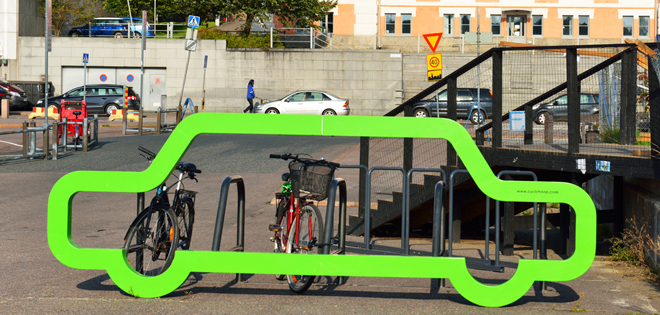Only slight difference in quality between private and public upper secondary schools

According to study by VATT, in Helsinki, a student’s success in the matriculation examination does not depend on whether they are studying in a private or public upper secondary school.
 Photo: Valeriya Popova / Shutterstock.com
Photo: Valeriya Popova / Shutterstock.com
The study by Mika Kortelainen and Kalle Manninen looked at the performance of private and public upper secondary schools in Helsinki by comparing two groups: people whose grades barely exceeded the entry limit to a private school and people whose grades barely remained below the entry limit. This allowed for an assessment of causality, as the people whose grades are close to the entry limit are similar. The only difference between them is whether they were accepted to a private school or not.
The study also compared the added value provided by private and public upper secondary schools to their students in relation to their starting level.
According to both research methods, the differences in the performance of private and public schools are minor.
Many private upper secondary schools in Finland specialise in specific subjects such as languages, maths or natural sciences. For some people, this is the reason to apply to a private school: they believe that their education and career opportunities will thus be better. But according to the new study, students of private and public upper secondary schools actually do equally well in their final examination when taking into account the differences in their starting level and other background factors.
“The limitation is that we studied the impact on the results of the matriculation examination only. Next, we will look at the impact in the longer term, such as the impact on university studies and success on the labour market,” Mika Kortelainen explains.
The student selection process of Finnish higher education institutions is currently being reformed. In the future, more students will be accepted directly based on their matriculation examination results. If there were major differences in the performance of upper secondary schools in Finland, this could have a far-reaching effect both on the individual and, more generally, on the equality of opportunities in education.
The recent study confirms the conclusions of previous studies by VATT, however: the differences between upper secondary schools are mostly minor. “Now we came to the same conclusion using two methods,” Kalle Manninen says.
Twelve private upper secondary schools and fourteen public upper secondary schools in Helsinki were compared in the study. Most of the private upper secondary schools in Finland are located in the capital. Private schools, state schools and municipal public schools all follow the national curriculum and all students participate in the matriculation examination at the end of their upper secondary school studies. In Finland, all private schools are non-profit organisations.
The research data consisted of statistics by the Matriculation Examination Board, the Finnish National Agency for Education and the Helsinki City Education Division from 2000–2012.
Research:
Effectiveness of Private and Public High Schools: Evidence from Finland. VATT Working Papers 108
Additional information:
Chief Researcher, Research Leader Mika Kortelainen, VATT, tel. +358 295 519 421
Mika Kortelainen
Labour markets and education
Local public finance and provision of public services
Press release
Press release
education and training
education choices
learning outcomes
school quality
upper secondary schools

